Mohamad Kassab
J-Invariant Volume Shuffle for Self-Supervised Cryo-Electron Tomogram Denoising on Single Noisy Volume
Nov 22, 2024Abstract:Cryo-Electron Tomography (Cryo-ET) enables detailed 3D visualization of cellular structures in near-native states but suffers from low signal-to-noise ratio due to imaging constraints. Traditional denoising methods and supervised learning approaches often struggle with complex noise patterns and the lack of paired datasets. Self-supervised methods, which utilize noisy input itself as a target, have been studied; however, existing Cryo-ET self-supervised denoising methods face significant challenges due to losing information during training and the learned incomplete noise patterns. In this paper, we propose a novel self-supervised learning model that denoises Cryo-ET volumetric images using a single noisy volume. Our method features a U-shape J-invariant blind spot network with sparse centrally masked convolutions, dilated channel attention blocks, and volume unshuffle/shuffle technique. The volume-unshuffle/shuffle technique expands receptive fields and utilizes multi-scale representations, significantly improving noise reduction and structural preservation. Experimental results demonstrate that our approach achieves superior performance compared to existing methods, advancing Cryo-ET data processing for structural biology research
Large Language Model for Qualitative Research -- A Systematic Mapping Study
Nov 18, 2024Abstract:The exponential growth of text-based data in domains such as healthcare, education, and social sciences has outpaced the capacity of traditional qualitative analysis methods, which are time-intensive and prone to subjectivity. Large Language Models (LLMs), powered by advanced generative AI, have emerged as transformative tools capable of automating and enhancing qualitative analysis. This study systematically maps the literature on the use of LLMs for qualitative research, exploring their application contexts, configurations, methodologies, and evaluation metrics. Findings reveal that LLMs are utilized across diverse fields, demonstrating the potential to automate processes traditionally requiring extensive human input. However, challenges such as reliance on prompt engineering, occasional inaccuracies, and contextual limitations remain significant barriers. This research highlights opportunities for integrating LLMs with human expertise, improving model robustness, and refining evaluation methodologies. By synthesizing trends and identifying research gaps, this study aims to guide future innovations in the application of LLMs for qualitative analysis.
Towards the Internet of Robotic Things: Analysis, Architecture, Components and Challenges
Jul 08, 2019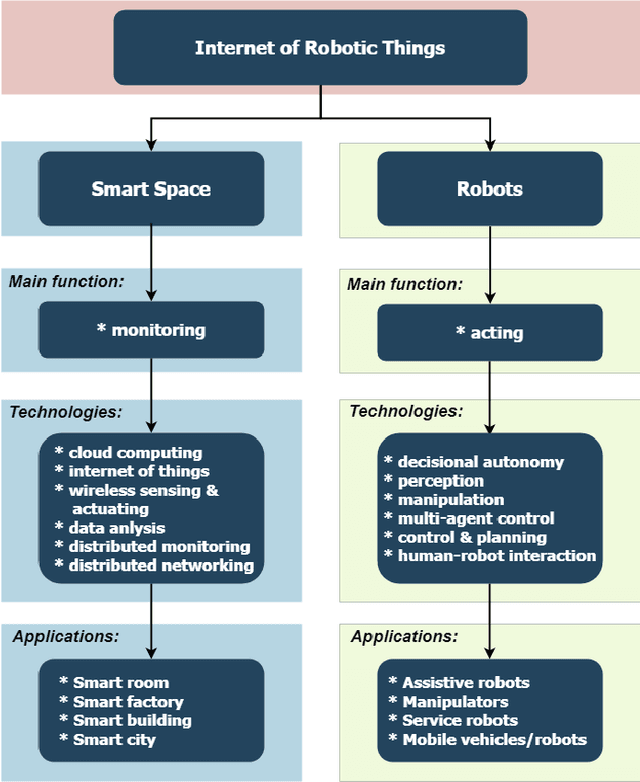
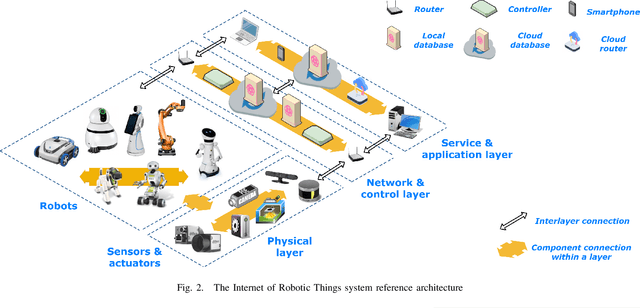
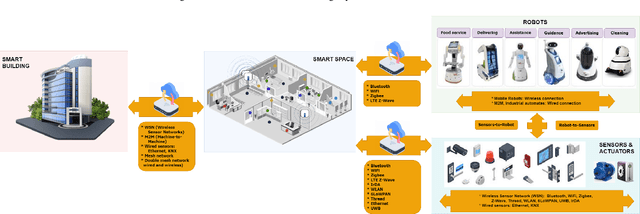
Abstract:Internet of Things (IoT) and robotics cannot be considered two separate domains these days. Internet of Robotics Things (IoRT) is a concept that has been recently introduced to describe the integration of robotics technologies in IoT scenarios. As a consequence, these two research fields have started interacting, and thus linking research communities. In this paper we intend to make further steps in joining the two communities and broaden the discussion on the development of this interdisciplinary field. The paper provides an overview, analysis and challenges of possible solutions for the Internet of Robotic Things, discussing the issues of the IoRT architecture, the integration of smart spaces and robotic applications.
Managing Requirement Volatility in an Ontology-Driven Clinical LIMS Using Category Theory. International Journal of Telemedicine and Applications
Jun 10, 2009
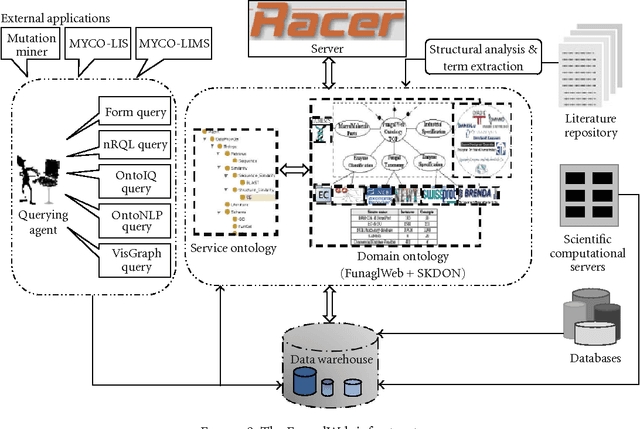
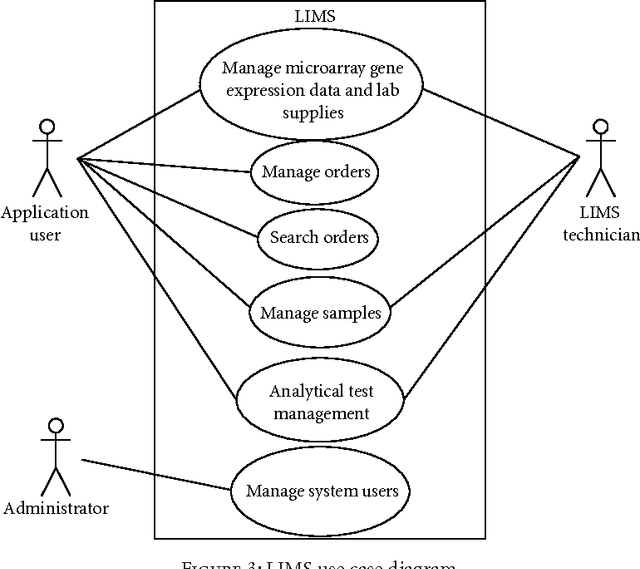
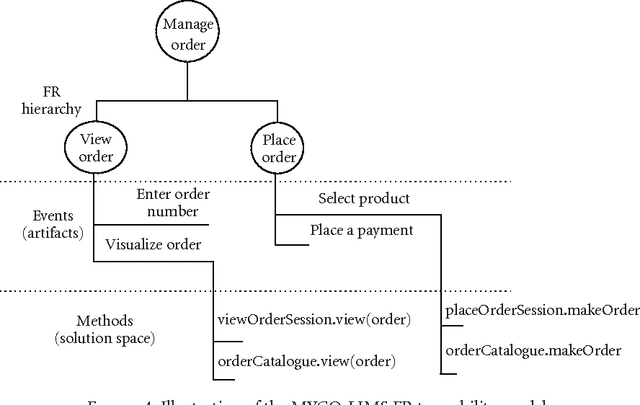
Abstract:Requirement volatility is an issue in software engineering in general, and in Web-based clinical applications in particular, which often originates from an incomplete knowledge of the domain of interest. With advances in the health science, many features and functionalities need to be added to, or removed from, existing software applications in the biomedical domain. At the same time, the increasing complexity of biomedical systems makes them more difficult to understand, and consequently it is more difficult to define their requirements, which contributes considerably to their volatility. In this paper, we present a novel agent-based approach for analyzing and managing volatile and dynamic requirements in an ontology-driven laboratory information management system (LIMS) designed for Web-based case reporting in medical mycology. The proposed framework is empowered with ontologies and formalized using category theory to provide a deep and common understanding of the functional and nonfunctional requirement hierarchies and their interrelations, and to trace the effects of a change on the conceptual framework.
* 36 Pages, 16 Figures
 Add to Chrome
Add to Chrome Add to Firefox
Add to Firefox Add to Edge
Add to Edge